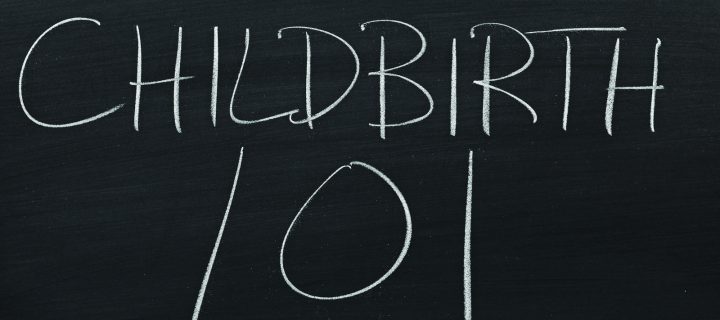By Paula Emigh, LM
There is much to prepare for when expecting a child, especially if it’s the first. Mothers and couples that are pregnant for the first time have entered into a phase of life with new and important choices ahead of them. Childbirth education classes can be a significant part of the preparation process for a new family. Classes can help mothers and couples to be informed about the labor, birth, the postpartum period, breastfeeding, and care of the newborn. A goal of childbirth education classes is to inform and prepare mothers (and their support person) mentally, physically, and emotionally by teaching the topics mentioned above. Another goal is to bestow a sense of empowerment to a birthing woman and her support person. This knowledge base and empowerment enables pregnant women to collaborate with their care providers on decisions regarding her and her baby’s health. It also allows the mother to confidently co-create a supportive birthing environment where her needs and her baby’s are met, nurtured and respected by her care provider, as well as the nursing staff if the delivery is in the hospital. A sense of empowerment and participation can increase confidence as people transform into their new roles as parents.
Childbirth education classes can be found in most cities in our area; they are either private, community-based, or hospital-based. Class series are often 1 class per week for 5-7 weeks, usually lasting 2 hours. Condensed classes are available ranging from 1-2 days or less, depending on who is offering the class. Women and couples can sign up for classes in advance during the second trimester, but it is ideal to start attending classes around 28-30 weeks gestation. We are fortunate in our area to have a wealth of options easily found online or by asking your health care provider. Some of the private classes offered are taught by doulas, birth educators, and licensed midwives. Information on private classes can be found online and on Facebook. Classes are also offered at Enloe, Feather River, and Oroville hospitals. Go to their websites for more information. Better Babies and Healthy Mothers offer classes in childbirth education as well.
Childbirth education class structure may consist of lectures with slide presentations, group discussions, birth art or labor and birthing techniques, and position exercises. Some of the topics covered may be stages of labor, labor support, power and purpose of hormones, relaxation techniques, coping skills for natural birth, overview of immediate postpartum, and the fourth trimester, including breastfeeding and newborn care. Some ideas to consider when choosing a class are: class size, training and experience of the instructor, whether informational handouts are provided, and cost. When new mothers and couples have an idea of what they want out of a class, it is easier to find one that meets their needs. Speaking with a person directly regarding the topics and structure of the class might help answer specific questions not found online.
It may be a bit overwhelming to find the time to attend a class for 2 hours every week for 5-7 weeks with a busy work or school schedule. Changing one’s focus to the advantages of childbirth education may lessen the stress while figuring out how to fit a class in each week. Some new mothers and couples find it to be an added bonus to have a committed time to connect with their baby, or each other (if there is an involved partner) while learning new skills and techniques that will enhance the birthing experience.
Childbirth classes can also offer new opportunities to create community and lasting friendships with other moms and couples that are attending the same class. Classes can also assist in learning new evidence-based birth practices and local hospital policies. They can also give new mothers and couples techniques and coping skills to integrate or reduce the pain associated with labor and birth, as well as learning that being flexible and having realistic expectations are part of the birthing process. There is so much to research and discover regarding pregnancy and childbirth that it can be helpful to have some of it presented in a formal setting instead of sitting in front of the computer for hours searching. Some of that time can be used to take a brisk walk, soak up some vitamin D, or to take a much needed nap!
More recently, women and families have become interested in educating themselves concerning their childbirth experience. The research conducted in regard to childbirth education and the effects on birth outcomes demonstrates the positive benefits of childbirth education. Some of the emotional and physical benefits that have been shown are:
• Increased confidence for labor and birth
• Improved communication between childbearing women and their care providers
• Decreased need for pain medication in labor
• Increase in satisfaction with birth
• Higher likelihood of breastfeeding
This is according to a study by Stroll, K and Hall (2012) from “Childbirth Education and Obstetric Interventions Among Low-Risk Canadian Women: Is There a Connection?” from The Journal of Perinatal Education: A Lamaze International Publication. You can also find the link to this article at birthdancemidwifery.net.
Childbirth education classes give parents an overview of what to expect from labor and birth, local hospital procedures, evidence-based practices, different techniques, and coping skills for a natural birth. More importantly, no matter what childbirth method or technique is taught, being well-prepared for labor and birth can promote a feeling of pride, confidence, and empowerment however it may unfold. Consider signing up for childbirth education classes and start this new phase of your life (lives) informed and equipped.





